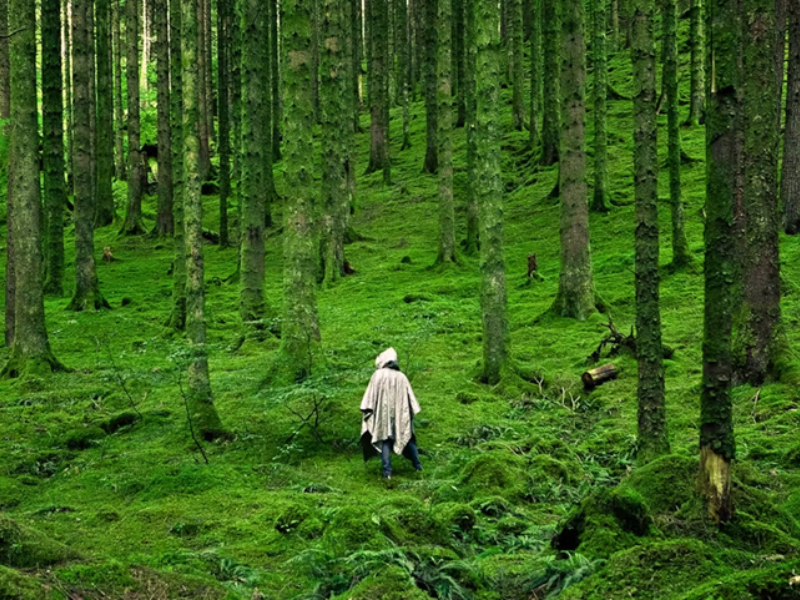In a world of constant connectivity and urban hustle, there’s something magical about losing yourself in the heart of a forest. India, with its diverse landscapes, offers some of the most breath-taking forest retreats in the world. From the misty hills of the Western Ghats to the dense jungles of central India, these places promise a vacation and an immersion into nature’s grand spectacle. Dhanush Kumar writes about the popular forest destinations that will rekindle your connection with the natural world and leave you rejuvenated.
India’s Most Enchanting Forest Vacations
Periyar National Park, Kerala

Nestled in the Cardamom Hills of Kerala, Periyar National Park is a lush paradise centered on the serene Periyar Lake. This evergreen forest is home to majestic elephants and sambar deer, and if you are lucky, you can even spot tigers. Take a boat safari on the lake for a unique perspective of the forest and its inhabitants.
Best time to visit: October to June
Must-do: Bamboo rafting and guided night jungle walks.
Bandhavgarh National Park, Madhya Pradesh

Bandhavgarh offers one of the highest densities of these magnificent creatures in India for those dreaming of spotting the majestic Bengal tiger. The forest mixes bamboo, sal trees, and grasslands, creating a diverse ecosystem. Beyond tigers, the park is home to leopards, sloth bears, and over 250 species of birds.
Best time to visit: October to June
Must-do: Early morning jeep safari for the best chance to spot tigers.
Sundarbans, West Bengal

The Sundarbans, a UNESCO World Heritage Site, is the world’s largest mangrove forest. This unique ecosystem, straddling India and Bangladesh, is famous for its Bengal tigers that have adapted to swimming in the saline waters. A boat cruise through the narrow creeks offers a chance to spot crocodiles, deer, and birds.
Best time to visit: December to February
Must-do: Take a guided boat tour to explore the intricate network of waterways.
Kaziranga National Park, Assam

Kaziranga is home to two-thirds of the world’s one-horned rhino population, a testament to India’s conservation efforts. The park’s tall elephant grass, marshland, and dense tropical forests also shelter wild elephants, tigers, and countless bird species. The early morning mist over the grasslands creates a magical atmosphere for wildlife viewing.
Best time to visit: November to April
Must-do: Elephant back safari for a unique park perspective.
Gir National Park, Gujarat

Gir Forest is the last remaining home of the Asiatic lion in the wild. The dry deciduous forests offer a different landscape from India’s lush reserves. In addition to lions, the park is home to leopards, sambar deer, and various birds.
Best time to visit: December to March
Must-do: Jeep Safari to spot the majestic Asiatic lions.
Valley Of Flowers, Uttarakhand

This high-altitude UNESCO World Heritage site comes alive with a riot of colours during the monsoon months. Nestled in the Western Himalayas, the valley boasts over 300 species of wildflowers that carpet the landscape. The trek to the valley is an adventure, offering stunning views of snow-capped peaks and glaciers.
Best time to visit: July to September
Must-do: Trek to the valley and identify various flower species with a local guide.
Conclusion
As you plan your next getaway, consider venturing into these green havens. These forest vacations promise experiences that will stay with you long after you have returned to the concrete jungle.
So pack your bags, bring your sense of wonder, and prepare to be enhanced by India’s magnificent forests. The wilderness is calling, and it is time to answer!





























